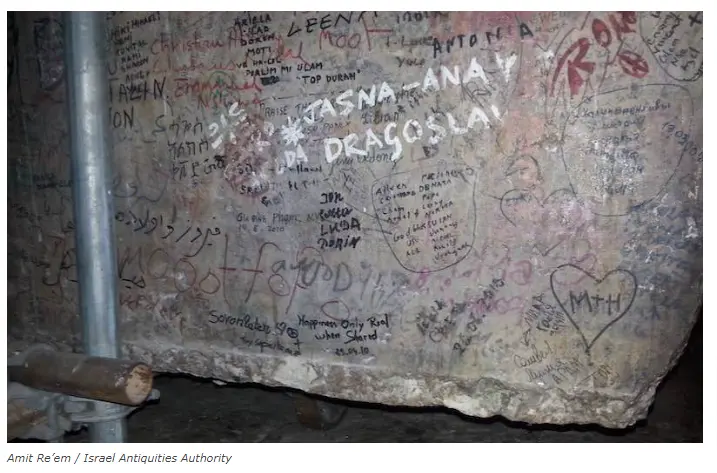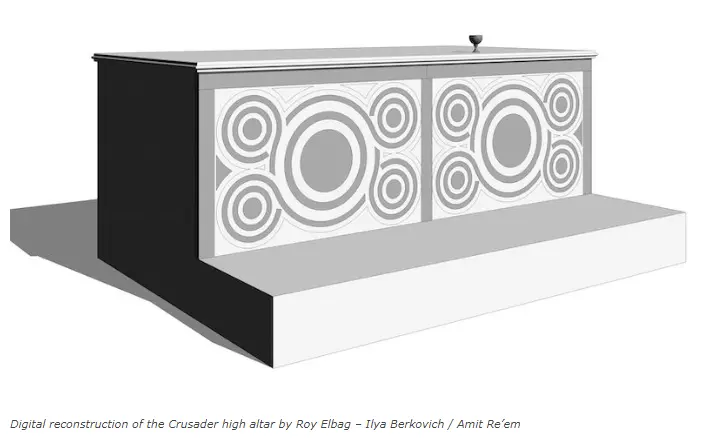In an incredible twist of history, researchers have uncovered a lost medieval altar at one of the most sacred sites in Christianity—the Church of the Holy Sepulchre in Jerusalem, where Jesus was crucified and buried.
The discovery has left historians and archaeologists in awe, as the massive stone altar, believed to be lost for over 200 years, was found hiding in plain sight.
The Church of the Holy Sepulchre has been a focal point for pilgrims for centuries, but it still holds many secrets. One of the most extraordinary secrets has just come to light.
The altar, originally unveiled in 1149, was a masterpiece of medieval craftsmanship, revered by pilgrims for centuries before it mysteriously vanished following a devastating fire in 1808. Since then, it was thought to be lost forever—until now.
The rediscovery was made by historian Ilya Berkovich of the Austrian Academy of Sciences and archaeologist Amit Re’em from the Israel Antiquities Authority.
During routine construction work, a heavy stone slab, long overlooked by thousands of visitors, was turned around, revealing its intricate carvings. These carvings immediately identified it as the front panel of the long-lost Crusader altar.
Berkovich described the discovery as “sensational” not only because of the altar’s historical significance but also due to the fact that it had remained hidden in one of the most studied religious sites in the world.
The fact that such an important relic could stand unnoticed in this sacred place for so long has astonished experts.

This medieval high altar, decorated with exquisite ribbon ornaments, is a rare example of Cosmatesque art—a stonemason technique from Rome that was highly prized by the Papal authorities.
The technique involves the precise assembly of small pieces of marble to create complex geometric patterns, a skill passed down through generations of Roman craftsmen. The altar’s presence in Jerusalem is a testament to the deep connection between Rome and the Christian Kingdom of Jerusalem during the Crusades.
The altar’s rediscovery sheds new light on the historical ties between the Vatican and Jerusalem and offers a fresh perspective on medieval Christian art.
Measuring over 11 feet in width, it is now recognized as the largest known medieval altar, a remarkable piece of history that once played a central role in the Church of the Holy Sepulchre’s worship practices.
Historians are eager to explore the papal archives to uncover more details about this significant piece of art, including the identity of the master craftsman who created it.

This find not only enriches our understanding of medieval art but also deepens our appreciation for the intricate connections between the heart of Christianity and the broader historical narrative of Europe and the Holy Land.
This discovery reminds us that even in the most familiar places, history can still surprise us.
As this lost altar is studied and its story unfolds, it promises to add another fascinating chapter to the rich history of the Church of the Holy Sepulchre—a site that continues to reveal its secrets to those who seek them.
What are your thoughts on this incredible discovery? Share your comments below and join the conversation as we uncover the layers of history hidden within the walls of one of Christianity’s most sacred sites.
Johnny specializes in content related to Jesus, the Bible, and religious topics. With a profound understanding of spirituality, Johnny’s articles are both insightful and inspiring, guiding readers through the complexities of faith.




